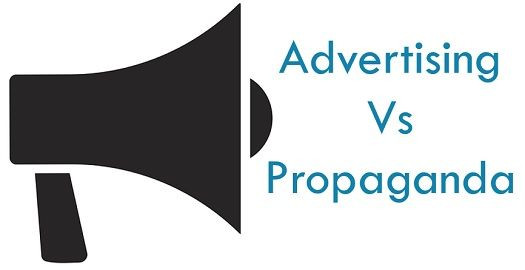
Media:
It is the process of conveying news, information and facts to the public through various means, and aims to provide accurate and objective information to the public about current events and important issues.
Features of Media:
- Diversity and comprehensiveness: The media provides a variety of content that meets the interests and needs of different social segments.
- Speed of information transmission: The media can transmit news and information very quickly, which helps the public stay informed of current events.
- Wide impact: The media can reach a large and diverse audience, making it an effective means of disseminating information and awareness.
Example: News bulletins, newspaper articles, and news reports.
Advertising:
It is a form of impersonal communication, which occurs through paid media, and has a fixed source of funding. The advertiser controls the content of the advertisement, and aims to attract attention and influence individuals, in order to persuade them to make specific decisions, such as, purchasing.
Advertising Features:
- Increase brand awareness: Advertising helps make products and services known to the public.
- Influencing purchasing decisions: Advertising can motivate audiences to make purchasing decisions by highlighting the benefits of products or services.
- Personalization: Advertisements can be personalized to target specific audiences based on their interests and behaviors.
Example: TV commercials, online ads, and billboards
Advertising:
Is the process of spreading certain information or ideas with the aim of influencing the opinions and behavior of the public. Advertising can be positive or negative to shape public opinion or change views on a particular issue, and is often used in politics.
Advertising features:
- Influencing public opinion: Advertising can direct public opinion and influence public attitudes toward a particular issue.
- Emotional influence: Advertising often uses techniques that influence emotions and feelings, which increases its effectiveness.
- Continuous support: Advertising can provide ongoing support for long-term campaigns, whether political, social, or commercial.
Example: Political campaigns, awareness campaigns, and documentaries that aim to change the public's point of view.

30/08/2024

26/08/2024

16/08/2024

21/08/2024

26/08/2024

18/08/2024

01/10/2024

23/08/2024

12/09/2024

11/09/2024

23/08/2024

05/09/2024

19/09/2024

11/09/2024

14/06/2024

12/09/2024

21/08/2024